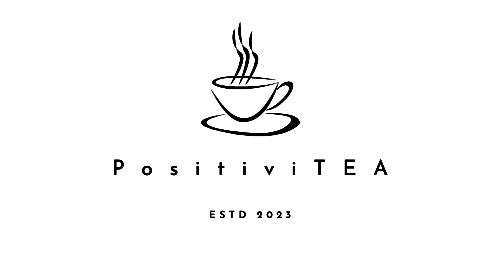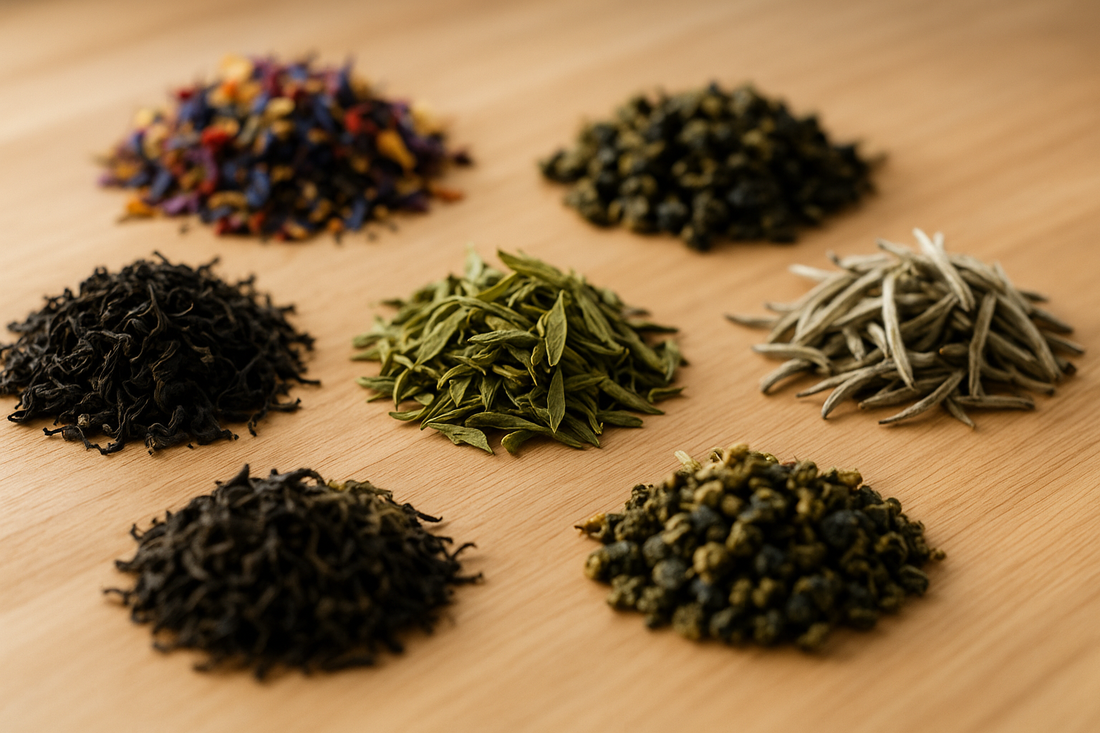 Welcome to the wonderful world of tea!
Welcome to the wonderful world of tea!
Tea is one of the most popular beverages in the world, known for its soothing aroma and various health benefits. Have you ever wondered what makes tea green, black, or anywhere in between? Let's dive into the world of tea and explore the different types and varieties available.
True teas all come from the same plant - Camellia sinensis AKA the tea plant. The Camellia sinensis plant is native to Southeast Asia, and there is only one tea plantation in the United States. Tea doesn't much like the climate zones here.
Green Tea
Green tea is known for its light and refreshing taste, as well as its numerous health benefits. It is minimally processed, preserving its natural antioxidants and nutrients. Varieties of green tea include Matcha, Sencha, and Jasmine.
Green is generally the least oxidized form of tea. The fresh tea leaves are subjected to a brief period of high heat to neutralize the enzymes that enable oxidation. It has 30-50 mg of caffeine per brewed cup, and a whole host of benefits.
Black Tea
Black tea is one of the most common types of tea. It's known for its bold and robust flavor. It is fully oxidized, giving it a dark color and strong taste. Popular varieties of black tea include Assam, Darjeeling, and Earl Grey.
The heavy oxidation of the tea leaves gives this tea a dark appearance and changes the aroma and flavor. Oxidation is the natural chemical reaction carried out by enzymes within the leaf once they are exposed to air. Black tea has about 45-60 mg of caffeine per brewed cup.
Oolong Tea
Oolong tea is a traditional Chinese tea that is partially oxidized, giving it a flavor profile that falls between black and green tea. It is known for its floral aroma and complex taste. Popular varieties of oolong tea include Tie Guan Yin and Da Hong Pao.
The tea is darker than green, lighter than black, and has its own distinct aroma and flavor. (My personal favorite!) Oolong tea contains a medium amount of caffeine as well - usually between 35 and 55 mg per cup.
White Tea
White tea is made from young tea leaves and buds. It has a delicate flavor and subtle sweetness, as well as a high concentration of antioxidants. Varieties of white tea include Silver Needle and White Peony.
Maté
Actually a variety of holly! Though it is dried and brewed like tea, maté it not technically tea at all. It comes from a different plant and is native to South America, mostly Paraguay.
Maté contains over 80mg of caffeine per cup. Native tribes - specifically the Guaraní and Tupi peoples - have been drinking its dried leaves for thousands of years.
Rooibos
A caffeine - free plant native to South Africa. Tasty. 0mg of caffeine but tastes reminiscent of black tea and turns a pretty red color when steeped. It is technically an herbal tisane, which brings us to our next category:
Herbal Tea
No tea! Herbal tea is not technically a true tea, as it is not made from the leaves of the Camellia sinensis plant. Instead, herbal teas are made from a variety of herbs, flowers, and spices, each offering unique flavors and health benefits. Popular herbal teas include chamomile, peppermint, rooibos, and many of the teas at MyPositiviTEAs!
Herbal teas (also called tisanes) generally contain 0mg of caffeine and lots of different delightful tastes.
With so many different types of tea to choose from, there is a flavor to suit every palate. Whether you prefer the boldness of black tea, the freshness of green tea, or the complexity of herbal tisanes, there is a warm leaf water beverage out there just waiting for you to discover it. Happy exploring!

